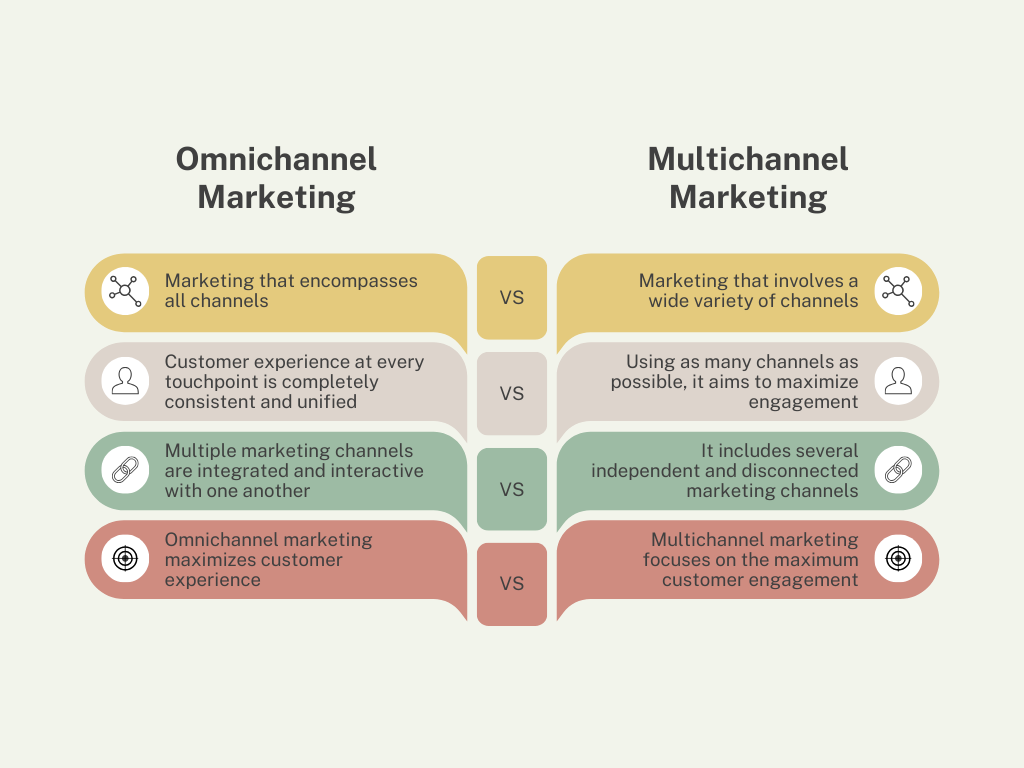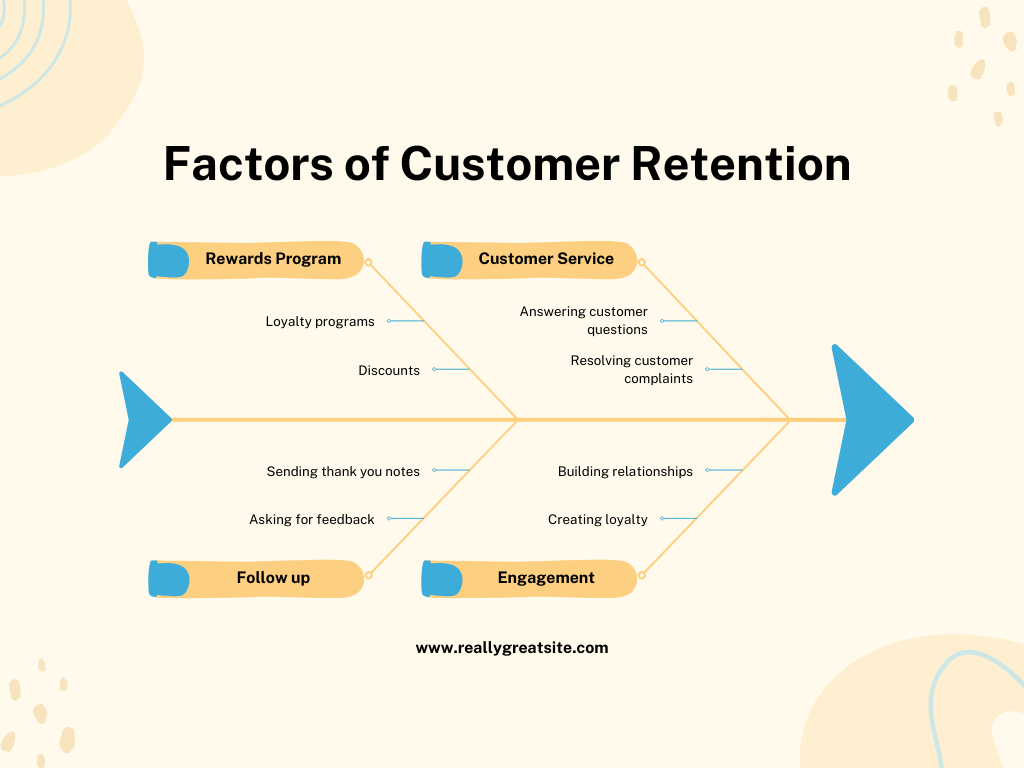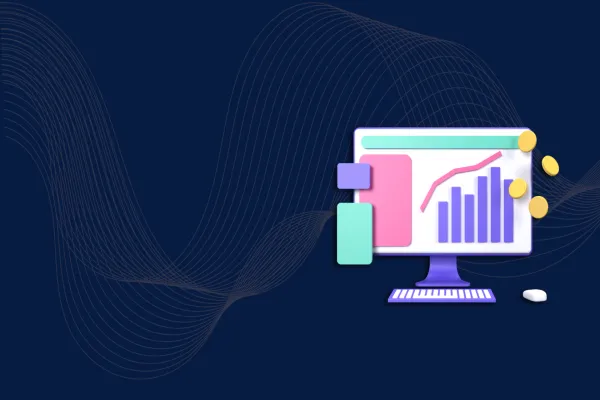Idea to master omnichannel customer experience is perhaps one of the most important things a company needs to deliver in this fast-changing digital landscape. It goes beyond giving the customer an option of a choice between various communication channels; it talks about orchestrating all of these channels to deliver a constant, personalized, and engaging experience at every juncture of the journey. No company can afford not to master its omnichannel customer experience; rather, they have to make it a strategic play for growth, for delighting the customer, and for outright long-term success.

What Is Omnichannel Customer Experience?
Omnichannel customer experience is the integration of various customer interaction points—be it online or offline—to a cohesive, consistent journey. It refers to ensuring every touchpoint, be it social media interaction, in-store visit, mobile application, or even customer service call, reflects the same level of care, customization, and brand ethos.
The question of what omnichannel is doesn't remain simple despite how seemingly simple its meaning is. It's more about transcending communication channel silos to deliver a seamless and frictionless customer journey. Therefore, for instance, while exploring a certain product, a customer can see it through a mobile app yet buy it in-store when contact with the brand must remain constant in the form of proper messaging, support, and identity.
Why Does Customer Experience Matter?

The importance of omnichannel customer experience cannot be overstated. Today's consumers expect more, and they demand seamless interactions, immediate solutions, and personalized experiences. In a world where attention spans are dwindling and choices abound, making sure that customers have a seamless and consistent experience across platforms can further boost customer loyalty, brand reputation, and conversion rates.
Here are some significant reasons why the omnichannel customer experience is more crucial to modern business today:
Higher customer loyalty and retention:
It was found that customers with multi-channel connections to brands were loyal to the respective brands. Smoother experience on both the physical and digital platforms enhances the trust factor and fosters long-term associations.
Increased Revenue:
Efficient handling of customer experience through an omnichannel approach can lead to a more pronounced increase in conversion rates. Elimination of friction in the customer journey means that the business will uncover and access more sales, upsell, and cross-sell opportunities.
Better brand perception:
A uniform brand presence across touchpoints creates credibility. Customers are much more likely to consider a brand as am epitome of innovation and reliability when interactions with the brand occur concurrently.
Increased data collection and insights:
Omnichannel strategies help businesses collect huge chunks of data at every touchpoint. It forms the backbone for the understanding of customer preferences, behaviors, and pain points, thus allowing the business to maximize its strategies to perform better.
Competitive Advantage:
In a highly competitive marketplace, a business that has aced its omnichannel customer experience is outperforming its competition. Its business will suffer the most in competition if it lags behind in this aspect, since market share can be lost to those with the seamless and personal nature of interaction.
The Way Omnichannel Customer Experience Evolves
Other than that, there is no clear way of understanding the omnichannel customer experience without looking into the evolution. Initially, businesses were existing in a multichannel environment. Customer interactions took place through a variety of separate and unconnected channels. And, whether it was an in-store purchase, an online transaction, or through a mobile application these interactions were often treated as isolated events.
However, this had its limitations also; the customers began to desire more from their experiences with brands—consistency of messaging, synchronization of data across platforms, and seamless transitions between channels. With these expectations on the rise, Omnichannel customer experience was born.
An omnichannel approach is not only about delivering the same message across different channels but actually seeks to connect and make the whole journey of the customer fluid. The customer might start at social media and go to the website to consummate the process by making an actual purchase at the store; the entire journey feels connected, well-choreographed, and fluid.
Technology for Omnichannel CX
Modern technology has played an important role in enabling a robust omnichannel customer experience. Advancements in AI, machine learning, data analytics, and CRM systems enable businesses to track customer interactions on varying channels, making it easier to ensure personalized and consistent experiences.
For example, AI-based chatbots can provide multi-channel and 24/7 support; an equal amount of effort can be put on every channel on which a customer may reach out to the organization either through a website or social media. Similarly, CRM means that a history of a customer and all the preferences or issues of a customer are available to agents across all channels thus quickening the solution-finding process and enhancing customer satisfaction
Barrier to Effective Omnichannel CX
Omnichannel customer experience has its own set of challenges. Integration of data across various platforms, ensuring coordination in branding, and ascertaining operational agility are daunting tasks for most businesses.
- Siloed Data: The biggest challenge is the integration of customer data from various touch points. Fragmented data leads to disjointed customer experiences.
- Tech Hurdles: An omnichannel approach requires significant investments in technology-CRM systems and AI-based tools, which might be a barrier for smaller businesses.
- Change Management: Changing is difficult for an organization. Organizational culture needs to shift for adopting an omnichannel approach. Teams need to collaborate closer, and leadership needs to champion for such a change to stick around.
How Valuebound Enables Businesses to Achieve Omnichannel Excellence
Valuebound believes in the concept of an omnichannel customer experience, which goes beyond technology and celebrates the actual alignment of human potential and cutting-edge innovations. We help businesses develop customized omnichannel strategies imbued with their strength in the unique strengths of the teams.
Our solutions ensure your business can provide a seamless, personalized customer journey, whether through social media, mobile apps, websites, or in person. By merging technology and human expertise, we help businesses redefine their operations to create joyful, prosperous outcomes for both the teams and customers themselves.
Embracing Omnichannel Strategies to Transform Customer Experience? Contact Valuebound today to get started.
Frequently Asked Questions
1. What is omnichannel customer experience?
Omnichannel refers to an integrated approach across all touchpoints to contact customers; both online as well as offline touchpoints.
2. Why is omnichannel customer experience necessary?
Omnichannel customer experience increases customer loyalty, revenue growth, positive perceptions towards brands, and valuable insights into the behavior of customers.
3. Multichannel Vs. Omnichannel
Multichannel: Multichannel means providing a number of separate channels for engaging with the customers. Omnichanneling is focused on integration from multiple channels to create an unbroken experience.
4. How does technology empower omnichannel CX?
Technology can empower omnichannel CX by enabling, through AI, data analytics, and CRM systems, monitoring and managing all customer interactions throughout the various channels in a consistent and personalized way.





